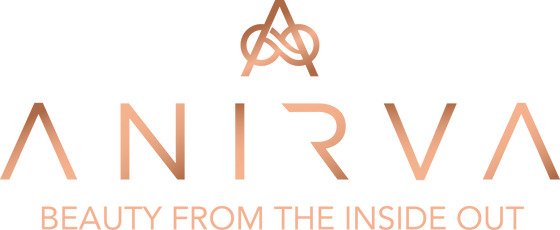MILK THISTLE (SILYMARIN)
The UV Protective Potential of Milk Thistle
UVA-photoprotective potential of silymarin and silybin.
Author: Rajnochová Svobodová A1, Gabrielová E1, Michaelides L1, Kosina P1, Ryšavá A1, Ulrichová J1, Zálešák B2, Vostálová J3.
Abstract
Exposure to solar radiation is a major cause of environmental human skin damage. The main constituent of solar UV light is UVA radiation (320-400 nm); however, the need for protection against UVA has been marginalized for a long time. As a result, there is still a lack of useful agents for UVA protection. In this study, the effect of silymarin (SM) and its main constituent silybin (SB) pre-treatment on UVA-stimulated damage to primary human dermal fibroblasts were carried out. The cells were pre-treated for 1 h with SB or SM and then were exposed to UVA light, using a solar simulator. The effect of SB and SM on reactive oxygen species (ROS) and glutathione (GSH) level, caspase-3 activity, single-strand breaks (SSB) formation and protein level of matrix metalloproteinase-1 (MMP-1), heme oxygenase-1 (HO-1), and heat shock protein (HSP70) was evaluated. Treatment with both SM and SB resulted in a reduction in UVA-stimulated ROS generation and SSB production, as well as in the prevention of GSH depletion, a decrease in the activation of caspase-3 and protein level of MMP-1. They also moderately increased HO-1 level and reduced HSP70 level. Our data showed that both SM and SB are non-phototoxic and have UVA-photoprotective potential and could be useful agents for UV-protective dermatological preparations.










